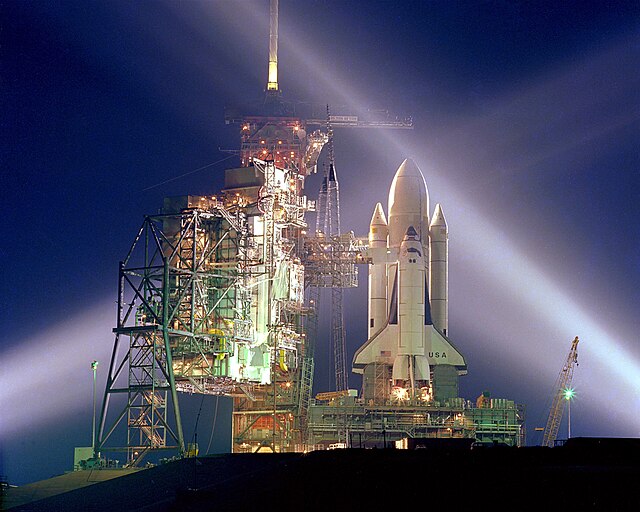
Let’s explore the story of the Space Shuttle Columbia. We’ve marveled at its grandeur and the promise it held for venturing deeper into space. But what about its fate? Was it a tale of triumph or tragedy?
What happened to the Columbia?
Back on January 16, 2003, the Columbia embarked on STS-107, its 88th mission after the Challenger disaster, marking the first space shuttle launch of that year. This mission wasn’t just any ordinary trip—it was a scientific odyssey carrying the SPACEHAB Research Double Module. It also made history by including the first Israeli astronaut, Ilan Roman, in its crew.
STS-107 seemed like business as usual. The crew set out to deliver supplies to the International Space Station (ISS), conduct experiments, and return home safely. It was supposed to be a routine journey, a piece of cake.
But then, the unexpected occurred.
On February 1, 2003, as the Columbia began its reentry into Earth’s atmosphere, Mission Control noticed something off. Just before 9 AM, they lost crucial temperature and tire pressure readings, sparking concern and confusion about the shuttle’s condition.
Mission Control tried to reach out to the Columbia, seeking clarification on the missing data. At 8:59:32 AM, Rick Husband, the shuttle’s commander, responded with a simple “Roger.”
However, communication swiftly faded, leaving Mission Control scrambling as the Columbia hurtled over Dallas, Texas, at a staggering 18 times the speed of sound and still 200,700 feet above ground. It was a nerve-wracking moment, with Mission Control feeling powerless to assist.
Twelve agonizing minutes passed without contact before a phone call finally broke the silence. A mission controller received a phone call from his family back at home, who were watching the reentry and landing on national TV.
The shuttle was breaking apart in the sky, ripping itself to shreds.

During reentry, all seven of the Columbia crew members were killed. Some died during the depressurization of the cockpit, when the shuttle first began to tear itself apart. Others died from cranial trauma as a result of the jerking motions. Some others died from the sudden increase in temperature as the shuttle was ripped apart.
NASA declared a space shuttle ‘contingency’ and sent search and rescue teams to debris sites in Texas and Louisiana. Later that day, NASA declared the astronauts lost.
It was a shock to the nation; once again, the Space Shuttle program was put in danger. How? How could something this tragic happen?
During an after incident report on the Columbia, it was revealed that during the takeoff of STS-107, roughly 81 seconds into launch, a small chunk of foam from a bipod connecting the shuttle to the massive rocket sending it into space.
This foam impacted the RCC panels on the left wing of the Columbia. These panels are responsible for ensuring that the heat from reentry doesn’t allow flammable gasses or other dangers to enter the wings.
The impact left the RCC panels on the left wing significantly damaged, but very few people noticed the foam actually impact the wing. In fact, upon reviewing the launch footage, analysts were unaware debris had struck until the second day into the analysis.
Since there was no good angle on any cameras to assess the damage done to the RCC panels during launch, engineers were tasked with assessing the damage. They requested pictures of the left wing to properly assess the damage done by the foam impact, but the Program Manager for Launch Integration, Wayne Hale, denied the requests.
Many of NASA’s program managers and higher-ups were significantly less concerned about the danger caused by the debris strike. They believed it did not pose a significant enough threat to call off/halt the mission in order to repair the wing.
This hasty and lackadaisical response led to the destruction of the Space Shuttle Columbia, and later on, the end of the Space Shuttle program. In 2011, the program was officially discontinued, and the shuttles were housed.
A tragic end to the monumental space program that brought us that much closer to the stars, Columbia also serves a valuable lesson: when it comes to innovation, leave no stone unturned and leave no problem to fester. Let us thank the crew of the Columbia for their sacrifice to the pursuit of science.
Thank you. Good night.

